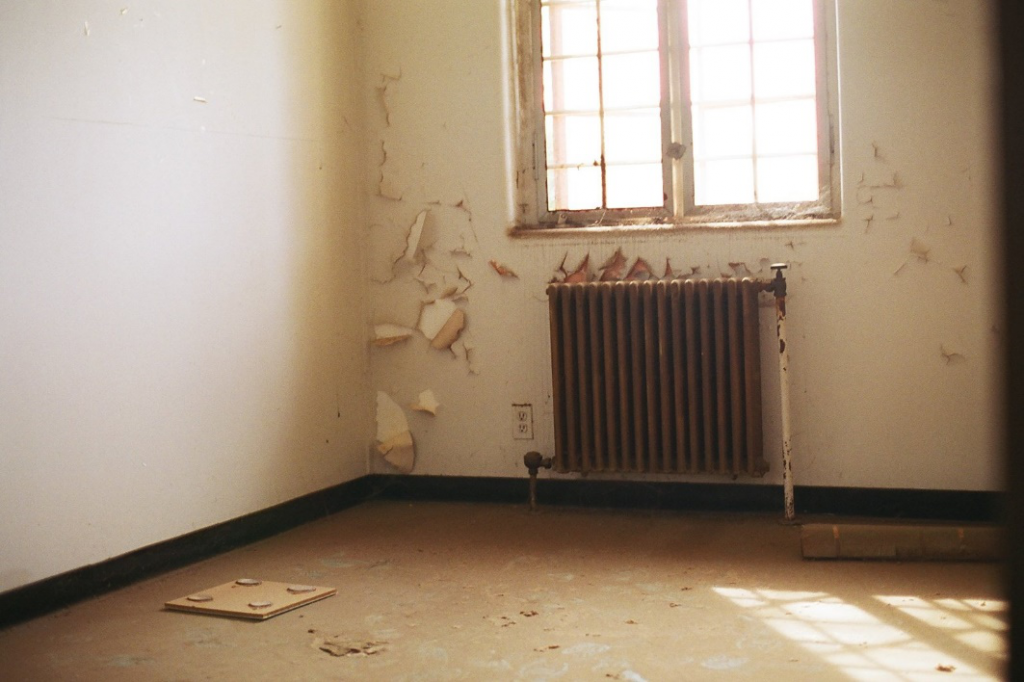We often come across people who have, in the past, gone to a lot of trouble and expense to put in windows and doors – and have then been disappointed by their performance.
“We were promised it would make the room warmer” is a common complaint.

Making the Right Choices
Before you spend your hard-earned money on replacement fittings it is really important that you understand how the products you buy are rated and what the technical stuff means. Dovecote staff are fully trained to explain the technicalities and help you decide between the many, many choices that will be available to you. Choice is a good thing – but making the right choice is not always easy!
The energy efficiency figures quoted by manufacturers are obviously important when you make your buying decisions. Better quality fittings save energy and therefore also save money on heating bills. Obviously though, they are likely to cost you more than less efficient systems.
Heat Loss
A window or door can lose heat through conduction (through the material), radiation and air leakage. Heat from the sun can also come into a room and, in a British climate, is nearly always welcome! On bright days though, it can make a room that is dominated by glass windows uncomfortably hot.
Technically these three mechanisms of heat transfer must all be measured separately. More detailed explanations can be found at the Energy Savings Trust website.
However, for the purposes of buying new fittings, you can keep it simple and think about 2 sets of measurements that you may see advertised by the manufacturers. First, the U-rating (a number) and, second, the energy rating scale which runs from A++ down to E. Both offer you useful but different information about the ability of a material or fitting to provide insulation.
U-ratings
The U-rating measures the heat loss caused by convection through a material, or through a whole fitting (ie glass, frame etc). The lower the number, the better the insulation.
Windows that have a rating will have the relevant u-value displayed on the energy label.
Be a bit careful with these figures. Does the number refer to the whole fitting (glass, frame etc) or just to the glass? Contact us to discuss the correct U-rating for your project.

BFRC Energy Efficiency Scale
To make this easier for you to work out, the BFRC have created a measurement system that takes all the factors that impact energy efficiency and brought them together in one scale. This looks very much like the symbols you see on white goods, but the calculation is a bit different. The important thing is that the higher the letter the better the energy rating. A++ is the best.

Buying Decisions
Be very careful when discussing these ratings with suppliers. Some will give you top measurements which refer only to one part of the fitting, for example the glass. What matters to you is the overall quality of the whole system.
Assistance
Please feel free to call and discuss your requirements with one of our experienced fitters. It is important that the decision you make is right for you and your property. Getting it wrong is an expensive mistake that you will have to live with for years.
Get the decision right first time.









